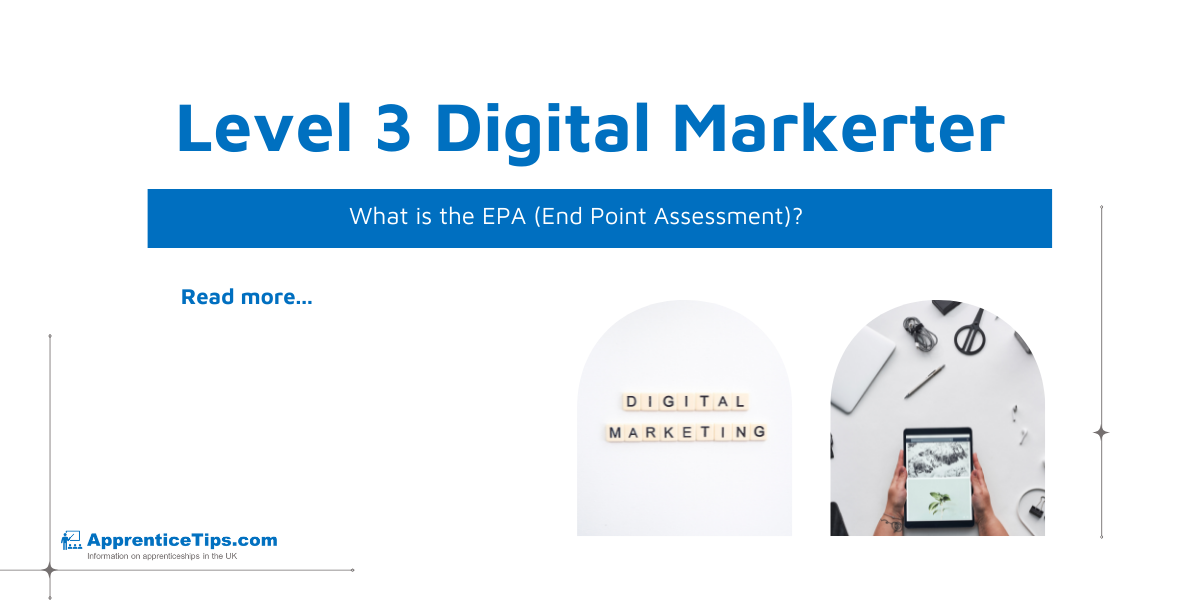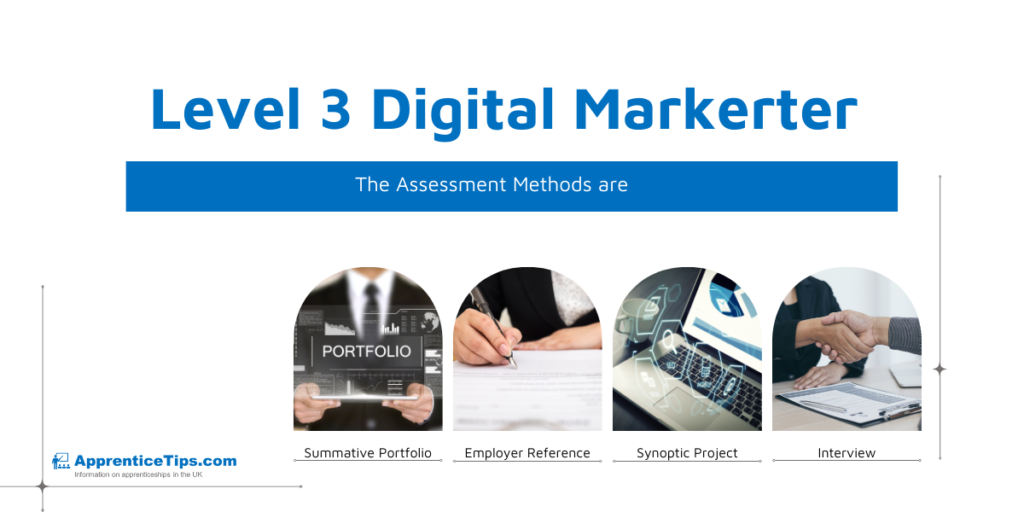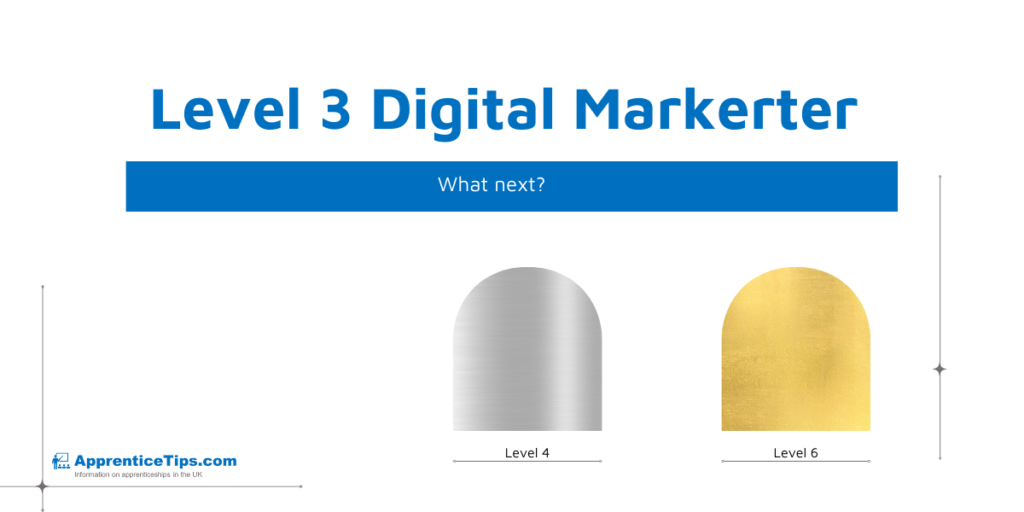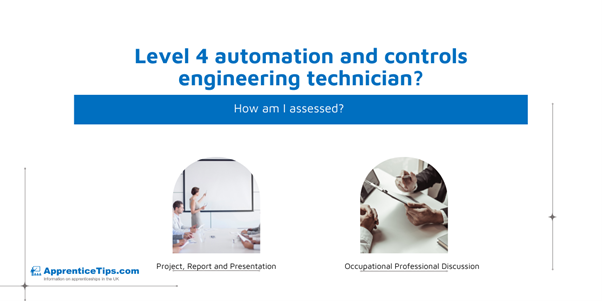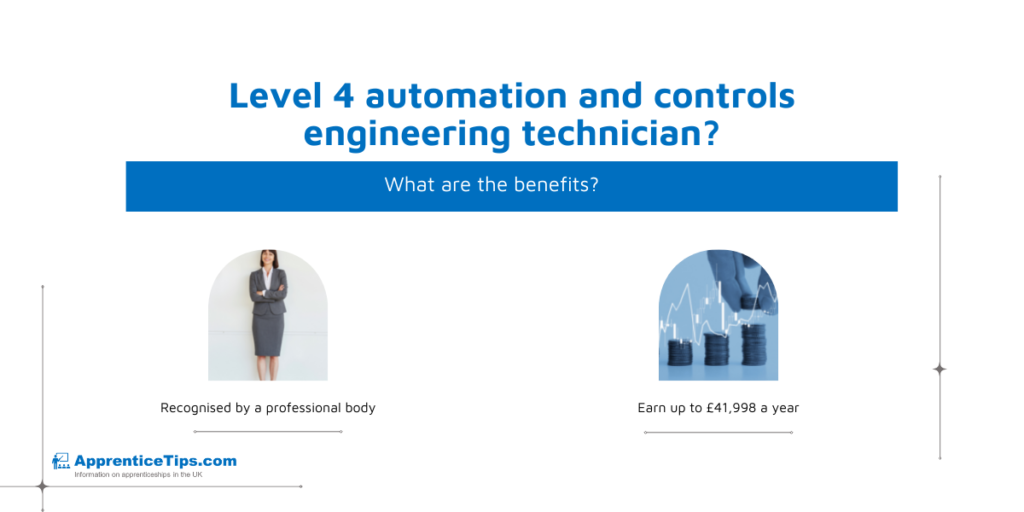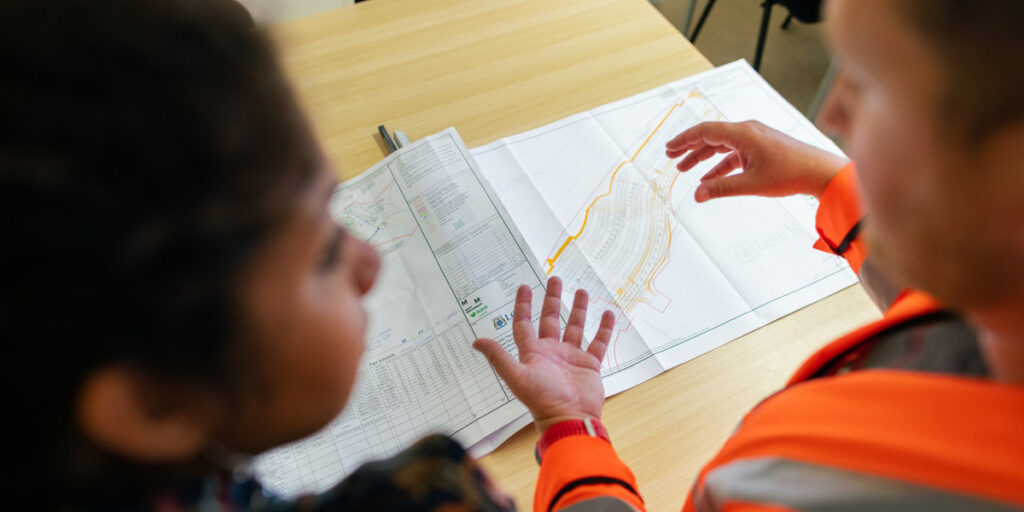
Curious about apprenticeships but don’t want to miss out on getting your degree? Thankfully, it’s not a black or white decision. Degree apprenticeships offer the best of both worlds, helping you to train whilst on the job, and get a degree in a relevant field simultaneously. If this piques your interest, read on to learn all about the Product Design and Development Engineer Apprenticeship!
What will you learn on Level 6 Product Design and Development Engineer apprenticeships?
PHASE 1
In this degree apprenticeship you will learn to work on a host of production stages. Creation, modification, componentry and more will support activities ranging from early concept feasibility through to computer aided design and more. You will work in prototyping, concepting, assembly, testing, and validation in real life scenarios with suppliers and managers.
Training is hosted in a phased approach. Firstly, you will undergo a foundation phase. This will include intensive off the job training on core engineering skills notwithstanding:
- How to comply with statutory requirements and safety requirements.
- How to effectively use, interpret and evaluate a range of engineering data sources.
- Organising work efficiently and effectively. Managing engineering resources when completing tasks.
- Producing components using hand fitting techniques and producing mechanical assemblies.
- Producing Electrical or Electronic Drawings or CAD Models using a CAD system.
- Preparing and using lathes, milling and other general or specialist high tech equipment.
- Applying mechanical, electrical and electronic devices and equipment.
- Using computer software packages to assist with engineering activities.
- Producing and managing engineering project plans.
These skills ensure your readiness for the workplace and are subsequently transferable across multiple career paths. The foundation phase typically takes 1400 hours of Vocational Guided Learning to complete. Additionally you will have to demonstrate under independent test conditions your ability to deploy your skills before you progress to Phase 2.
PHASE 2
Phase 2 is where degree apprenticeships really shine. This development phase focuses on applying your knowledge and enabling you to work without supervision. In addition, you’ll develop specialist areas and deepen your general engineering skills on work placements. As a result of phase 2 completion, you’ll have deepened your skills in:
- Project Management in undertaking engineering activities
- Establishing design briefs, presenting and discussing technical proposals
- Managing and controlling product design change
- Supporting team feasibility design reviews
- Demonstrating technical and commercial management in planning.
At the end of this 5 – 6 year degree apprenticeship you’ll receive an HND or Foundation Degree, and a BSc (Hons) or BEng (Hons) in Engineering. At the same time you’ll have gained a plethora of on the job experience with core engineering skills in:
- Mathematics and science for engineers.
- Materials and manufacture.
- Mechanical/electrical and electronic principles and applications.
- Statics and dynamics.
- How to undertake and apply business-led projects.
- Engineering operations and business management.
- Applying advanced technology techniques.
What do you need to apply for degree apprenticeships?
There are no hard rules here. Individual employers will set out criteria for their respective apprenticeships, however, we typically suggest the following:
- 5 GCSE’s at grade C or above including Maths, English and a Science related subject.
- Any number of A Levels at grade C or above in both a Mathematical and Science/Technology base subject.
- OR 90 + credits in an Engineering BTEC.
Moreover, beyond these requirements employers in this field typically look for the following sets of behavioural attributes in their hiring process:
- Strong work ethic.
- Logical thinking.
- Problem Solving oriented.
- High Focus.
- Personal responsibility.
- Clear communicator.
- Team player.
- Adaptable.
- Self-motivated.
- Willing to learn.
What can degree apprenticeships help you do once you’ve graduated?

Not only is this a phenomenal opportunity to earn a minimum of £24k yearly, you will also gain an engineering degree in the process! In due time, more experienced design and development engineers earn up to £50k yearly. Completing the Product Design and Development Engineer apprenticeship will certainly set you on a career path with multiple doors. You can work in construction, engineering, renewable energy and much more. In the meantime, to get a taste for what jobs you could be in line for you at the end of your apprenticeship, be sure to browse Totaljobs.
Conclusion
Above all, the Level 6 Product Design and Development Engineer Degree Apprenticeship offers an unparalleled route into engineering careers. You will have the opportunity to gain on the job experience whilst earning a stable salary. Markedly, it will only take a couple more years than a traditional degree. Furthermore, you’ll learn transferable skills. Whether you decide to work in engineering or not, this skills and the years of work experience you’ll gain will set you in good stead across many career routes. Make sure to visit prospects.ac.uk for some inspiration on what you can do with your degree. Lastly, don’t forget to visit Apprenticetips.com for information on a host of apprenticeships and links to our social platforms.






